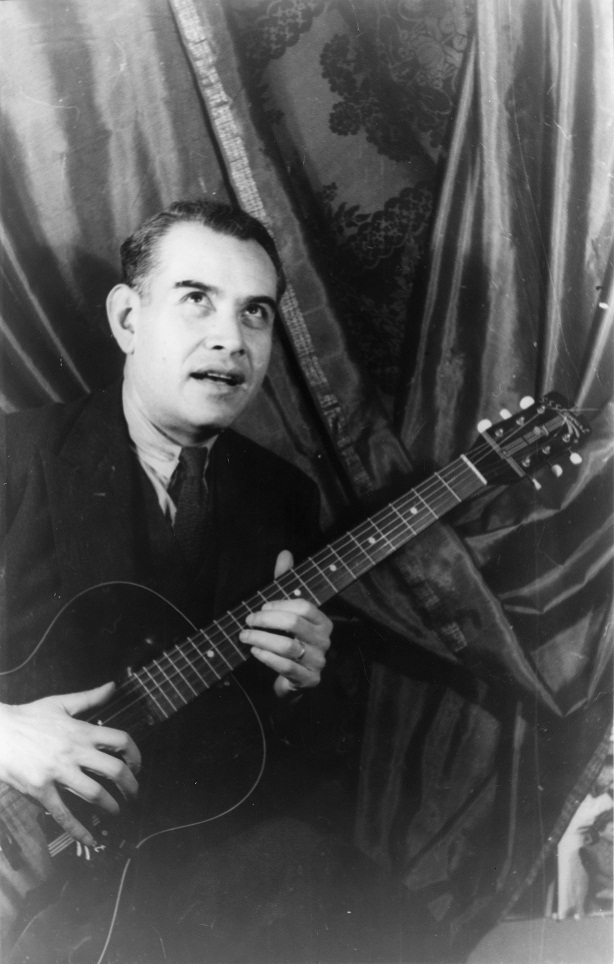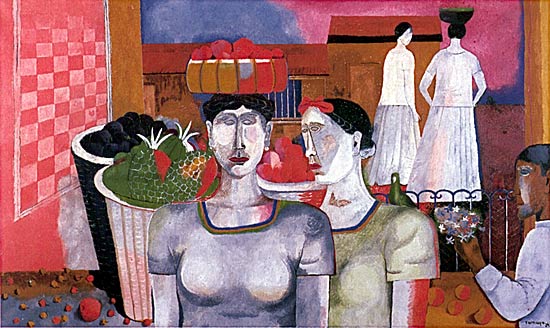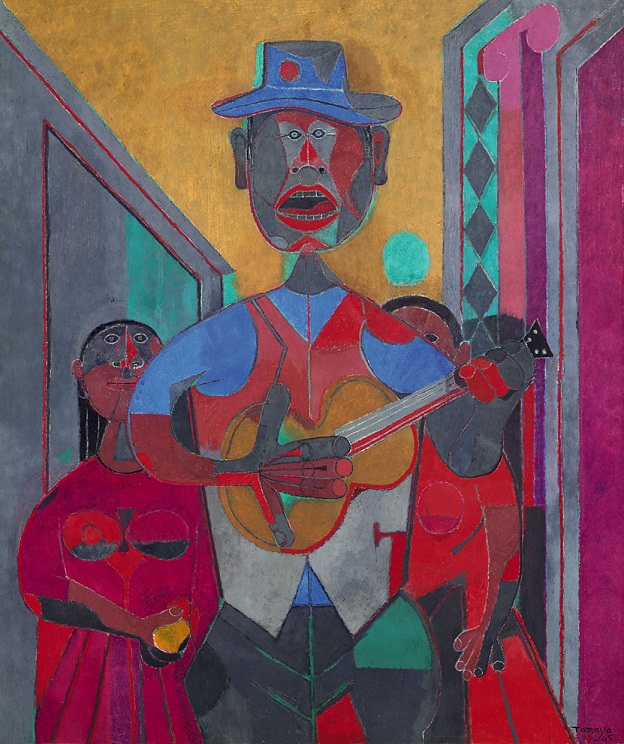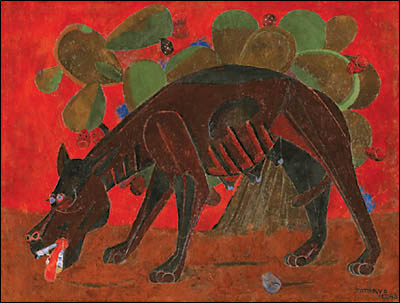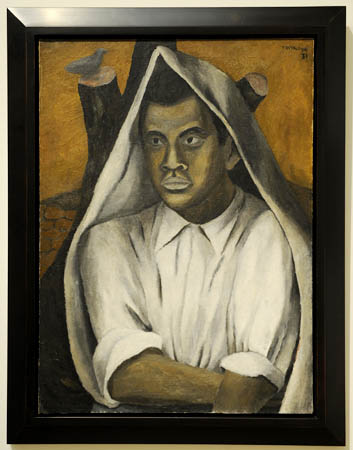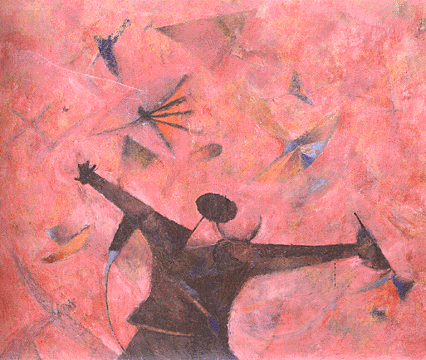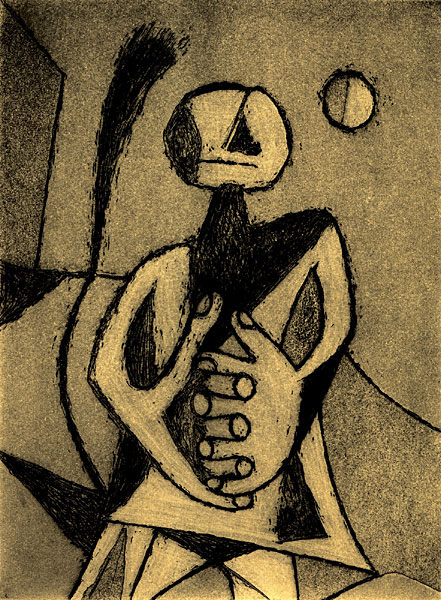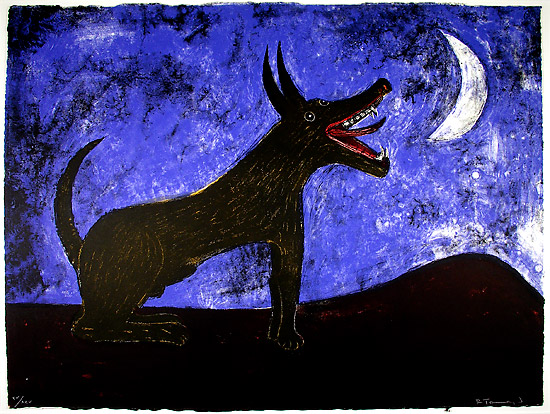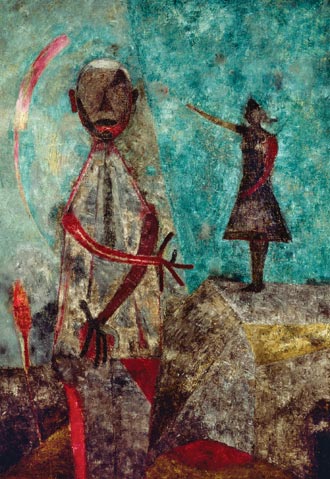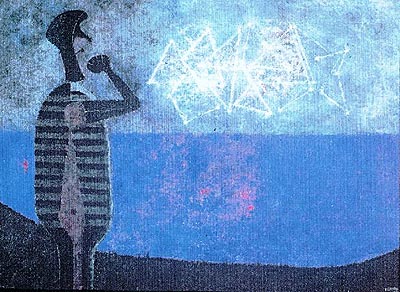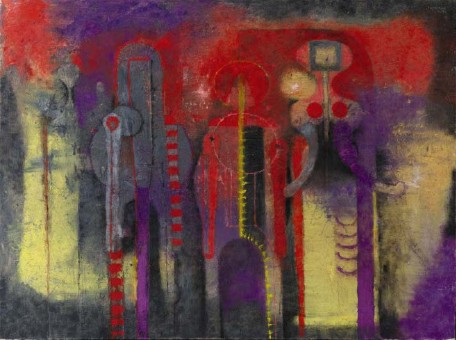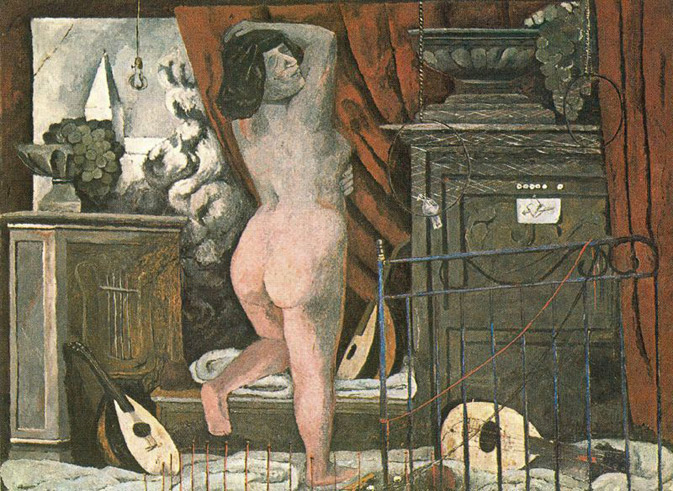<Back to Index>
- Mineralogist Jean Baptiste Louis Romé de l'Isle, 1736
- Painter Rufino Tamayo, 1899
- 4th President of Uruguay Manuel Ceferino Oribe y Viana, 1792
PAGE SPONSOR
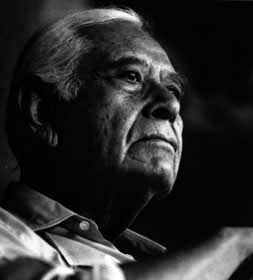
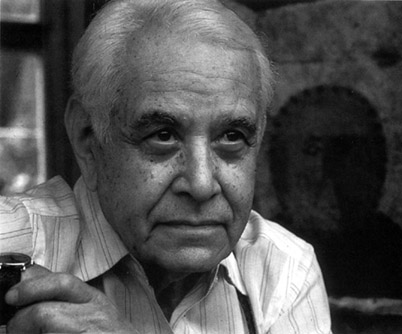
Rufino Tamayo (August 26, 1899 – June 24, 1991) was a Mexican painter of Zapotec heritage, born in Oaxaca de Juárez, Mexico. Tamayo was active in the mid 20th century in Mexico and New York, painting figurative abstraction with surrealist influences.
Tamayo's Zapotec heritage is often cited as an early influence. In 1911, he was orphaned and moved to Mexico City to live with his aunt.
He enrolled at Escuela Nacional de Artes Plasticas in 1917 to study art. While studying, Tamayo experimented with and was influenced by Cubism, Impressionism, and Fauvism, among other popular art movements of the time, but with a distinctly Mexican feel.
After the Mexican Revolution, Tamayo devoted himself to creating an identity in his work. Tamayo expressed what he believed was the traditional Mexico, and refused to follow the more political trend that many of his contemporaries did, such as José Clemente Orozco, Diego Rivera, Oswaldo Guayasamin, and David Alfaro Siqueiros. Due to this choice, he was seen by some as a "traitor" to the political cause, and he felt he could not freely express his art, so in 1926, he decided to leave Mexico and move to New York. Prior to leaving, he organized a one man show of his work in Mexico City, where he was noticed for his individuality. Tamayo returned to Mexico in 1929 to have another solo show, this time being met with high praise and media coverage.
Tamayo and Luis Remba were the first artists who created a new type of printed artwork called "mixografía". Mixografía consisted of artwork printed on paper, but with depth and texture. One of their most famous mixografía was titled Dos Personajes Atacados por Perros ("Two Characters Attacked by Dogs").
Tamayo also painted murals, some of which are displayed inside Palacio Nacional de Bellas Artes opera house in Mexico City, such as Nacimiento de la nacionalidad ("Birth of the Nationality"), (1952).
From 1937 to 1949, Tamayo and his wife Olga lived in New York, becoming widely recognized, and he painted some of his most valuable works during that time. He had his first show in New York City at Valentine Gallery. He gained credibility and went on to show at Knoedler Gallery and Marlborough Gallery. In 1948 his first major retrospective was done at the Palacio de Bellas Artes in Mexico City, and while he was still controversial, his popularity was high. Still uncomfortable with the political differences and controversy, Tamayo and Olga moved to Paris in 1949, where he was welcomed by the artists of Europe. He remained in Paris for 10 years.
In 1959, Tamayo and his wife returned to Mexico permanently, where Tamayo built an art museum in his home town of Oaxaca, the Museo Rufino Tamayo. In 1972, Tamayo was the subject of the documentary film, Rufino Tamayo: The Sources of his Art by Gary Conklin.
The Tamayo Contemporary Art Museum (Museo Tamayo de Arte Contemporáneo), located on Mexico City's Paseo de la Reforma boulevard, where it crosses Chapultepec Park, was opened in 1981 as a repository for the collections that Rufino Tamayo and his wife acquired during their lifetimes, and ultimately donated to the nation.
In 1988, Tamayo received the Belisario Domínguez Medal of Honor.
Tamayo painted his last painting in 1989, at the age of 90, Hombre con flor (Man with flower), a self - portrait.
Tamayo's work has been displayed in museums throughout the world, including the Solomon R. Guggenheim Museum in New York City, The Phillips Collection in Washington, and The Museo Nacional Centro de Arte Reina Sofia in Madrid, Spain.
| “ | If I could express with a single word what it is that distinguishes Tamayo from other painters, I would say without a moment's hesitation: Sun. For the sun is in all his pictures, whether we see it or not. - Nobel Prize winning poet Octavio Paz | ” |
Tamayo's 1970 painting Tres Personajes was bought by a Houston man as a gift for his wife in 1977, then stolen from their storage locker in 1987 during a move. In 2003, Elizabeth Gibson found the painting in the trash on a New York City curb. Although she knew little about modern art, Gibson felt the painting "had power" and took it without knowing its origin or market value. She spent four years trying to learn about the work, eventually learning from the PBS website that it had been featured on an episode of Antiques Roadshow. After seeing the Missing Masterpieces segment about Tres Personajes, Gibson and the former owner arranged to sell the painting at a Sotheby's auction. In November, 2007 Gibson received a $15,000 reward plus a portion of the $1,049,000 auction sales price.
